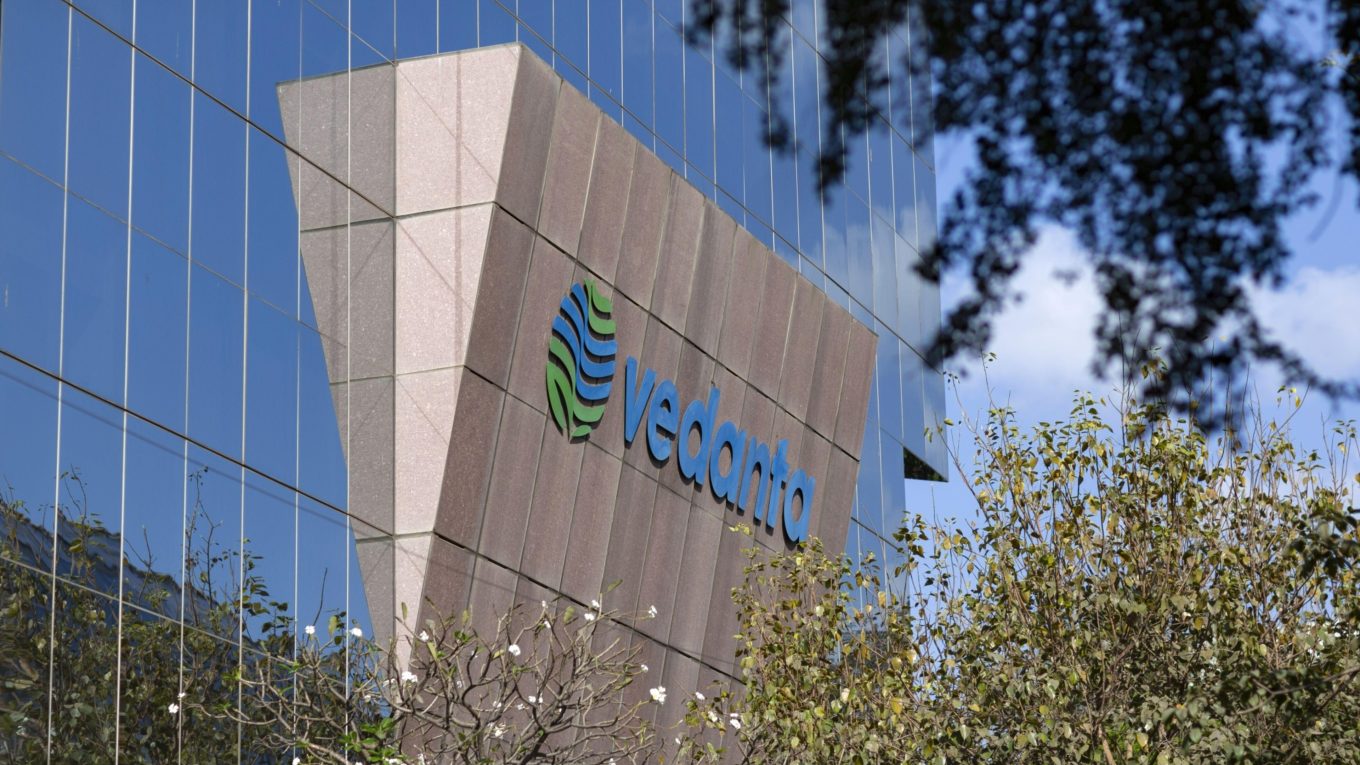Industry urges Supreme Court review on the Sterlite Copper verdict
Even as Vedanta’s Sterlite Copper is expected to approach the Supreme Court (SC) with a review petition, the copper sector and dependent industries are hopeful that the court may consider the current demand-supply situation in the country.
According to an assessment by the International Copper Association, during the past five years since the closure of the plant, India has not only lost close to $1 billion per year in net foreign exchange inflow on account of copper exports but also has to spend close to $1.2 billion per year for copper imports to fill the supply gap.
Additionally, at the corporate level, it is a huge loss to Vedanta. On the other hand, protesters say that the apex court is unlikely to reconsider its reopening.
“Sterlite’s vacuum is being compensated by imports. The industry adjusted by importing copper, which may be expensive and have few logistic challenges. Not only copper production, but the Sterlite plant shutdown has also led to a loss of production of various by-products including sulphuric acid,” said Mayur Karmarkar, managing director, International Copper Association India.
India’s copper demand has witnessed significant growth, jumping from 1.31 million tonnes (mt) in 2021-22 to 1.52 mt in 2022-23. Karmarkar added that on the supply side, although the installed capacity of copper smelting is 950,000 tonnes per annum, the current operational capacity is 500,000 tonnes per annum.
Similarly, the installed refining capacity is 985,000 tonnes per annum, but the operational capacity is 785,000 tonnes per annum. This is resulting in a supply gap and dependence on imports mainly due to the closure of Vedanta’s copper smelter.
India was a net exporter of copper for close to two decades before the closure of the Sterlite Copper plant at Tuticorin. In 2018, India became a net importer of copper for the first time, and Southeast Asia, Japan, and West Asia have emerged as new trade partner countries for India.
Impact on the ground
More than 400 downstream units, 40 contractors, and even transport companies were affected by the closure of the unit in 2018.
“The downstream industries got affected a lot. I was buying their acid called fluorosilicic acid (a waste material), which allegedly caused environmental pollution at the unit. Both my company and Southern Petrochemical Industries Corporation were dependent on this plant for this acid. Now, I have lost crores of rupees and had to shift the unit to Odisha now, after five years. Even equipment was a loss to me,” said N P Gopalakrishnan, a partner of Amrita Chemicals.
Amrita Chemicals used to convert fluorosilicic acid into sodium silicofluoride, which is used in industries such as glass, rubber, and metal fluxes.
At its peak, Amrita Chemicals used to export to several countries, and its domestic clients included the likes of PGP Glass (formerly Piramal Glass) and Borosil.
Take the case of the shipping and logistics industry.
Karthikeya Prabhu and partners used to run a company that used to be a vendor for the shipping and logistics sector.
“Our company used to have a turnover of Rs 150 crore before its closure. Now, it came down to Rs 40-50 crore. It has affected the shipping and logistics industry in the area, which used to get orders to the tune of Rs 500 crore per year, from the unit,” Prabhu said. That company had to cut down around 50 per cent of its staff.
According to a study conducted by research and advocacy firm CUTS International (Consumer Unity & Trust Society) with funding from NITI Aayog, the closure of the Sterlite Copper unit led to an overall economic loss of around Rs 14,749 crore until May 2021 alone, with the impact on government revenues at Rs 7,642 crore.
On the other hand, protesters are confident that the court will not reconsider the judgment.
“It is not an appeal. There is a remote chance for Sterlite Copper as this is a second round of litigation. They should vacate the premises now,” said Jim Raj Milton, a senior leader of the People’s Right Protection Centre in Tamil Nadu, an NGO that was part of the protests against the Sterlite unit.
Currently, India uses just 1 kilogram (kg) of copper per person per year, far below the global average of 3.2 kg, said Karmarkar. Industry experts believe that achieving the Viksit Bharat and Amrit Kaal@2047 vision set by the government will significantly increase copper consumption, potentially bringing India near the global average by 2047.
“The demand will be driven by private and public spending, private consumption, and growth in infrastructure, power, building construction, automotive, and manufacturing sectors. Given the growing demand, the planned capacity addition of 1 million tonnes by Adani in the next five years may not be sufficient for Atmanirbhar Bharat. After 2029, additionally, at least 400,000 tonnes of capacity will be required every five years,” he said.
It was in May 2018 that the Sterlite Copper unit was closed following an order issued by the Tamil Nadu Pollution Control Board. This was after police fired on protesters, killing 13 people and leaving 102 injured.
The protests were against Sterlite’s plans to double its annual capacity to 800,000 tonnes, which, the protesters said, would have increased the toxic impact on the environment and health from the operations of the plant.
First Published: Mar 28 2024 | 8:35 PM IST
